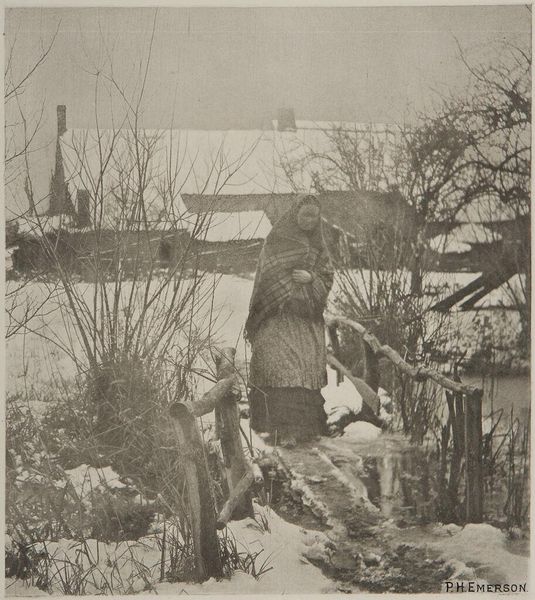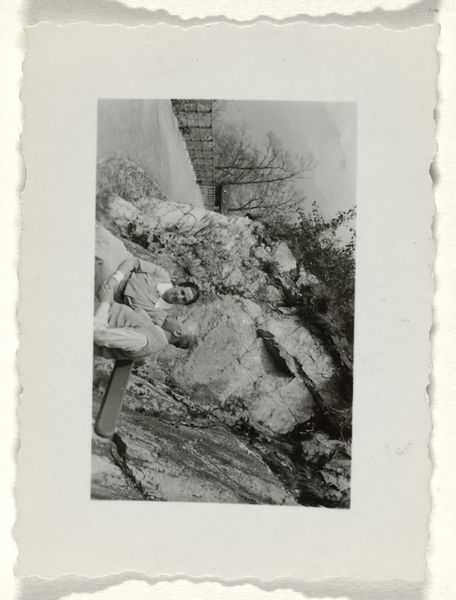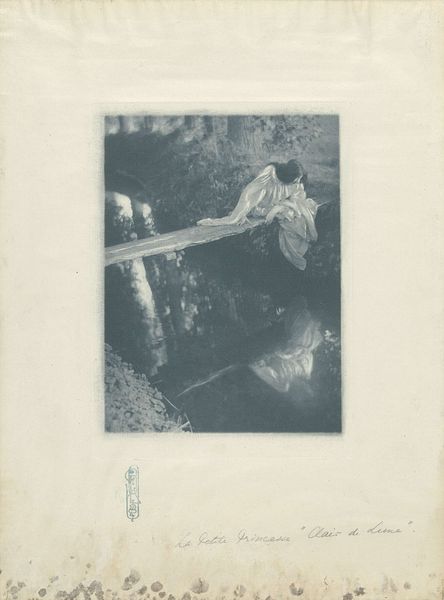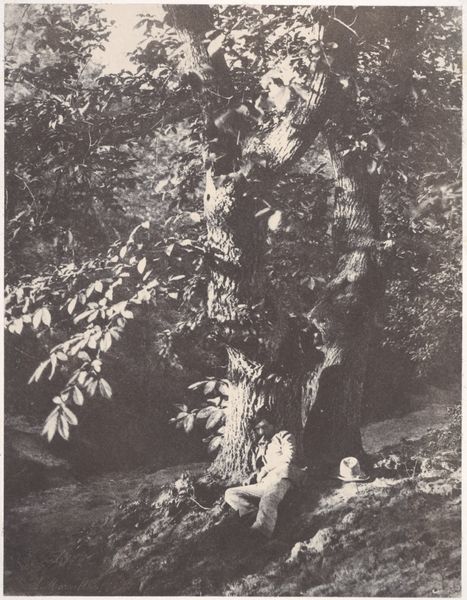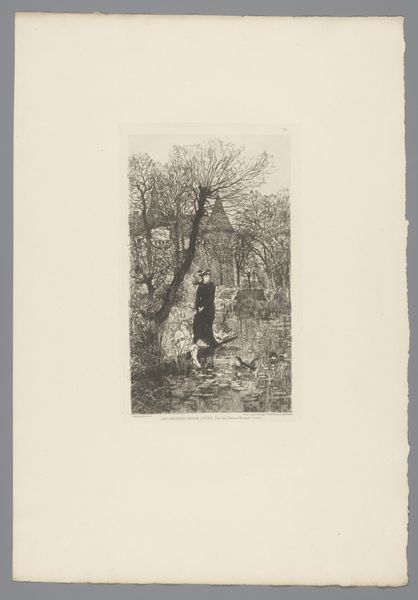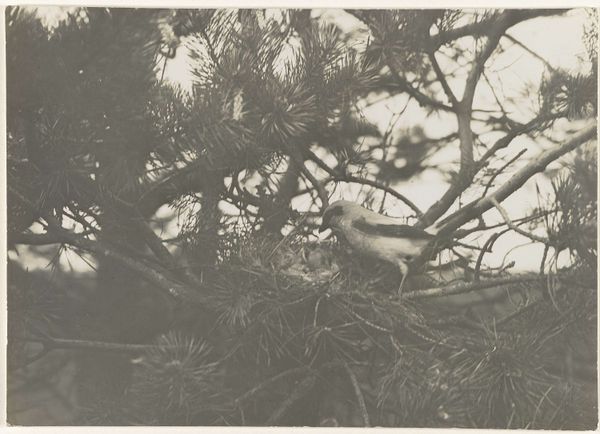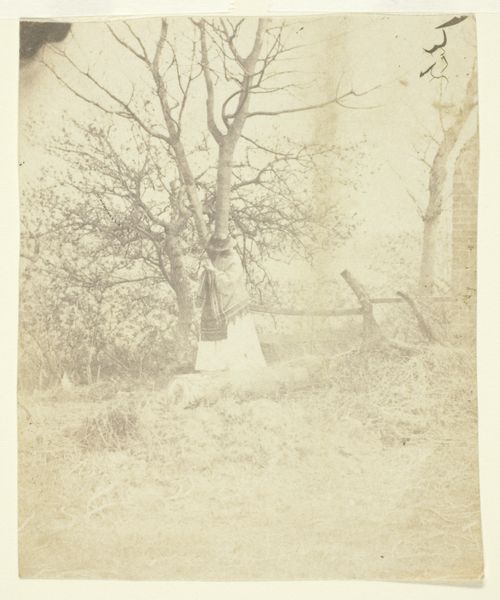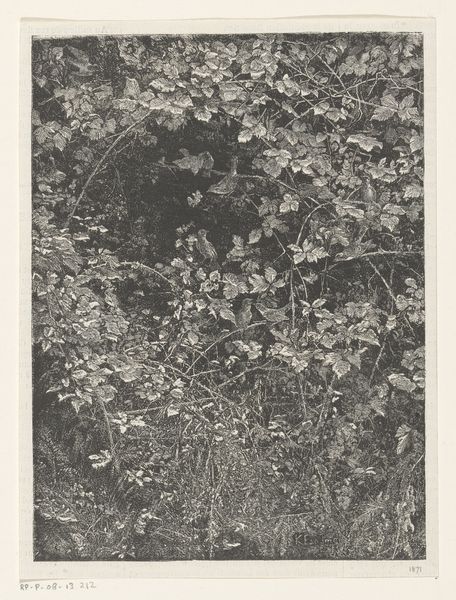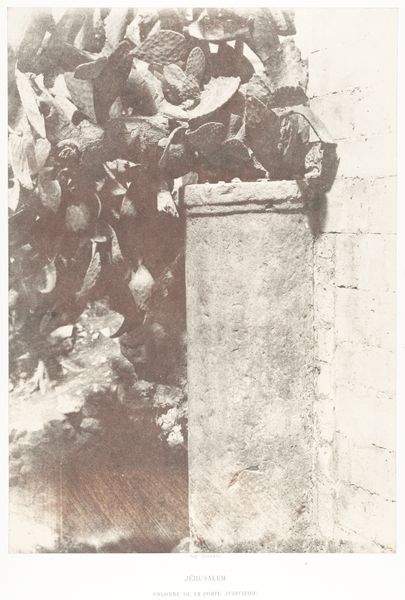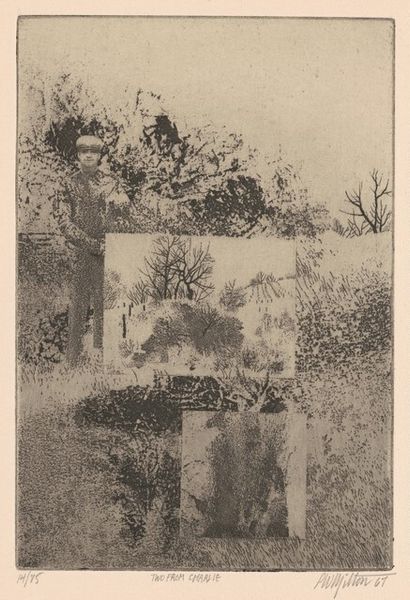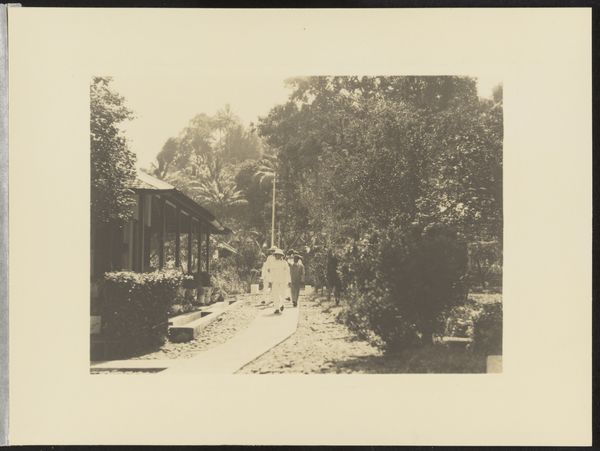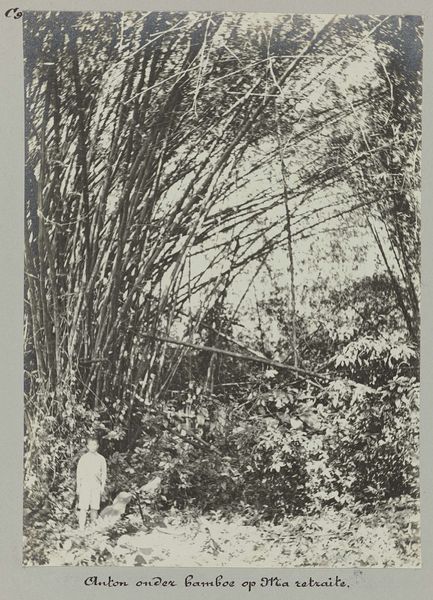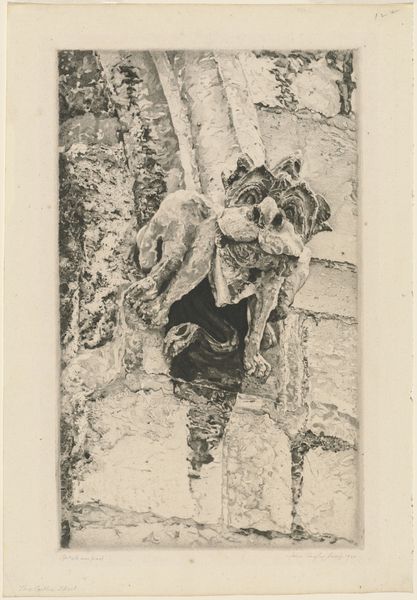
A Slippery Path - Winter Scene (Norfolk) c. 1883 - 1888
0:00
0:00
photography, gelatin-silver-print
#
16_19th-century
#
pictorialism
#
impressionism
#
landscape
#
photography
#
england
#
gelatin-silver-print
#
realism
Dimensions: 23 × 20.5 cm (image); 42.7 × 33.8 cm (paper)
Copyright: Public Domain
Curator: Peter Henry Emerson’s "A Slippery Path - Winter Scene (Norfolk)," a gelatin silver print from around 1883 to 1888, offers a glimpse into rural England. Editor: It feels melancholic. The stark winter landscape, rendered in soft, almost ghostly tones, evokes a sense of isolation and quiet hardship. Curator: Emerson aimed for a naturalistic style, one aligned with the Realist movement. He rejected manipulated imagery, believing photography should authentically represent lived experience. This, of course, played a role in his break with Pictorialism. Editor: But the composition feels deliberately constructed, doesn't it? The woman, draped in a shawl, is centrally placed on that precarious, icy path. It speaks to a specific kind of labor and endurance often rendered invisible. This photograph serves as social commentary by emphasizing how the rural population dealt with challenging natural forces in the English countryside. Curator: The photograph appeared at a time when industrialization was dramatically changing English society. Emerson and others of his milieu looked to rural life and sought to legitimize photography as an art form on par with painting by presenting what he perceived to be "natural" or "pure" scenes in the countryside. Editor: I’m struck by the title, "A Slippery Path." Beyond the literal ice and snow, it alludes to the precariousness of working-class existence. Do you think there might be other possible social dynamics depicted here? Curator: That’s an interesting point, indeed. The “path” to economic advancement and mobility would not have been straightforward for individuals in late 19th-century Norfolk. Editor: Viewing Emerson's photography with such sensitivity towards class invites us to re-think not only the social climate of late nineteenth-century England, but also that of contemporary society in Western countries. Curator: His ambition was to highlight beauty, which in his mind, existed in such quiet scenes. But ultimately, this piece presents a world shaped by both hard-won labor and determination. Editor: Yes, and recognizing the tensions within this aestheticization allows us to think critically about both photographic image-making and class tensions between populations.
Comments
No comments
Be the first to comment and join the conversation on the ultimate creative platform.
